Increased Industrial Automation
The trend towards increased industrial automation is significantly influencing the Industrial Thermostatic Control Valves Market. As industries adopt automated processes to enhance productivity and reduce human error, the need for reliable and efficient control systems becomes critical. Thermostatic control valves are integral to automated systems, providing precise temperature control that is essential for maintaining optimal operating conditions. The market data indicates that the automation sector is expected to grow at a compound annual growth rate of 10% over the next few years. This growth is likely to drive demand for advanced thermostatic control valves, as manufacturers seek to integrate these components into their automated systems.
Regulatory Compliance and Standards
Regulatory compliance is increasingly shaping the Industrial Thermostatic Control Valves Market, as governments and organizations implement stringent standards for energy efficiency and emissions. Industries are required to adopt technologies that meet these regulations, driving the demand for advanced thermostatic control valves. These valves not only help in achieving compliance but also contribute to overall operational efficiency. Recent data indicates that industries failing to comply with these regulations face significant penalties, further incentivizing the adoption of compliant technologies. As a result, the market for industrial thermostatic control valves is likely to expand, as companies prioritize investments in solutions that align with regulatory requirements.
Rising Demand for Energy Efficiency
Energy efficiency has become a paramount concern across industries, propelling the growth of the Industrial Thermostatic Control Valves Market. As organizations strive to reduce operational costs and meet regulatory requirements, the demand for energy-efficient solutions is on the rise. Thermostatic control valves play a crucial role in optimizing energy consumption by ensuring that heating and cooling systems operate at peak efficiency. Recent statistics suggest that implementing advanced thermostatic control systems can lead to energy savings of up to 30%. This growing emphasis on sustainability and cost reduction is likely to bolster the market for industrial thermostatic control valves, as companies seek to enhance their energy management strategies.
Growing Focus on Process Optimization
Process optimization is a key driver in the Industrial Thermostatic Control Valves Market, as companies seek to enhance operational efficiency and reduce waste. The implementation of thermostatic control valves allows for better temperature management, which is vital in processes such as chemical manufacturing and food processing. By maintaining optimal temperatures, these valves help to improve product quality and reduce energy consumption. Market analysis suggests that industries focusing on process optimization are likely to invest more in advanced thermostatic control solutions, thereby propelling the growth of the market. This trend indicates a shift towards more efficient production methods that prioritize both quality and sustainability.
Technological Advancements in Control Systems
The Industrial Thermostatic Control Valves Market is experiencing a surge in technological advancements, particularly in automation and smart control systems. These innovations enhance the precision and efficiency of temperature regulation in various industrial applications. For instance, the integration of IoT technology allows for real-time monitoring and control, which can lead to significant energy savings. According to recent data, the adoption of smart thermostatic control valves is projected to increase by approximately 25% over the next five years. This trend indicates a shift towards more sophisticated systems that not only improve operational efficiency but also reduce maintenance costs, thereby driving growth in the Industrial Thermostatic Control Valves Market.


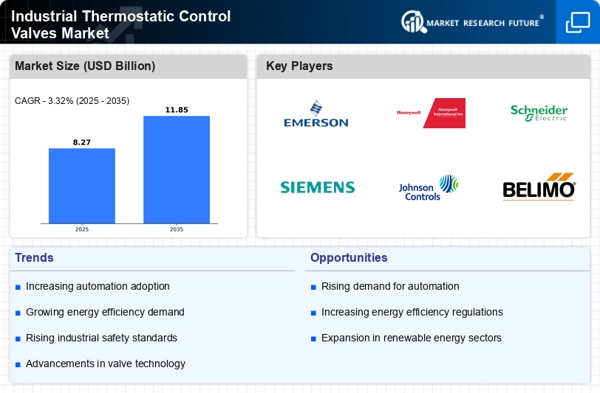
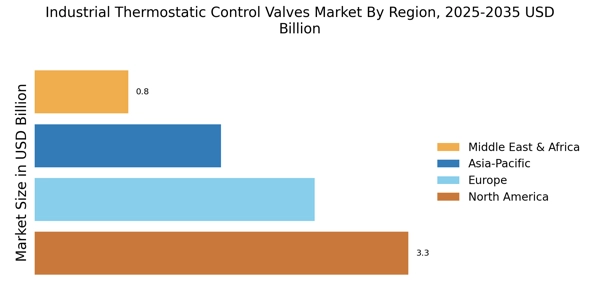
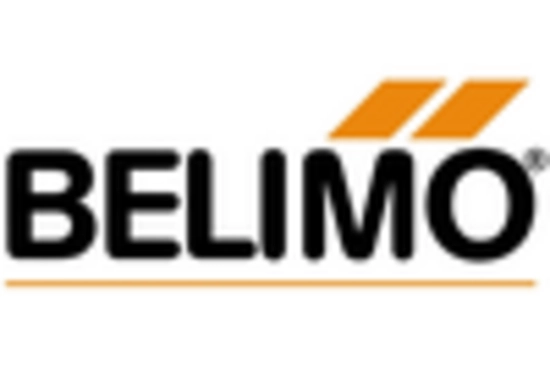
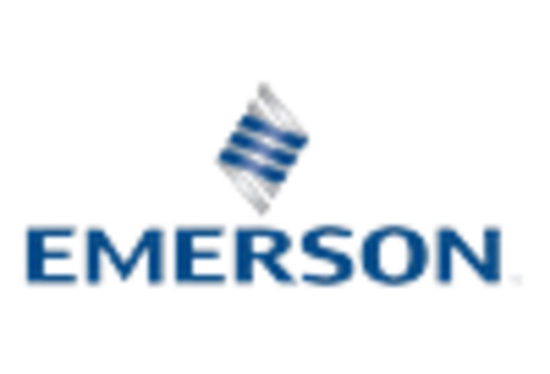


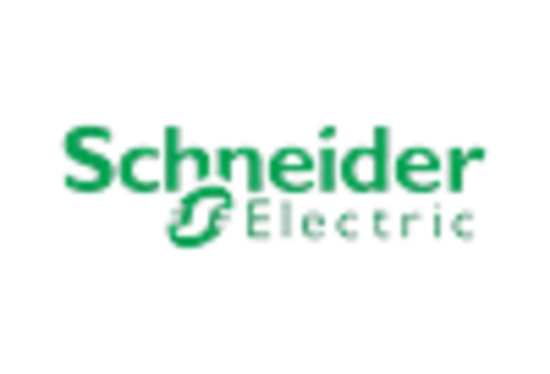









Leave a Comment